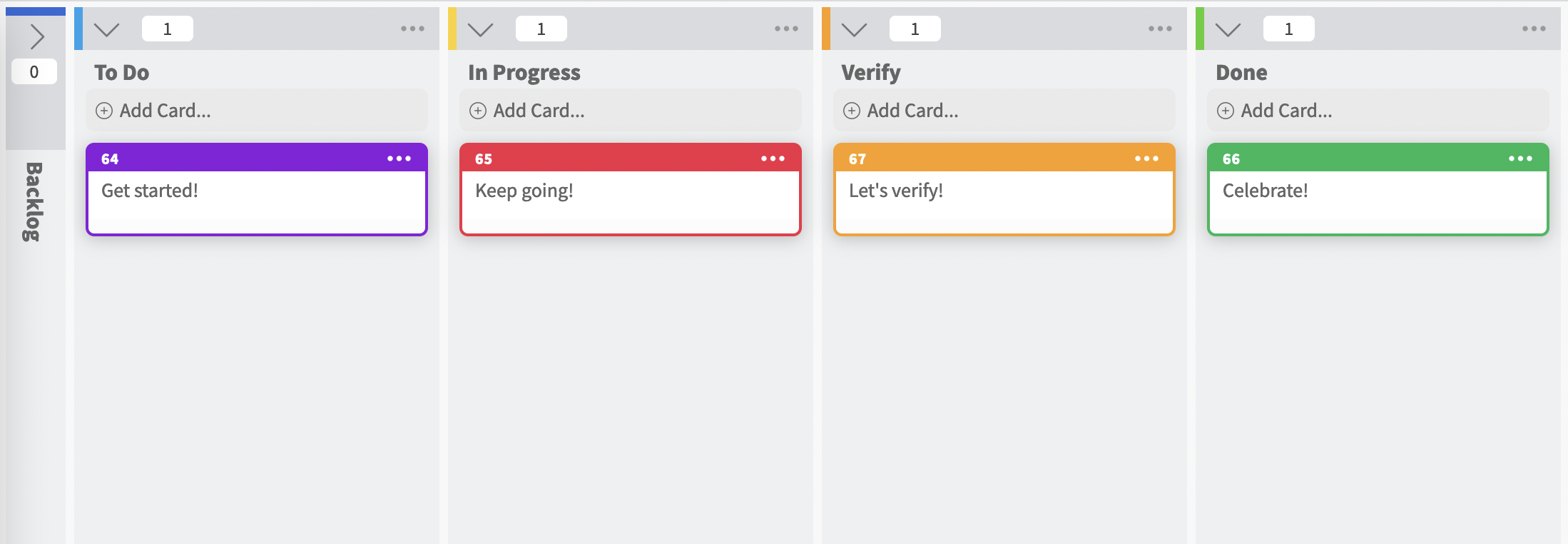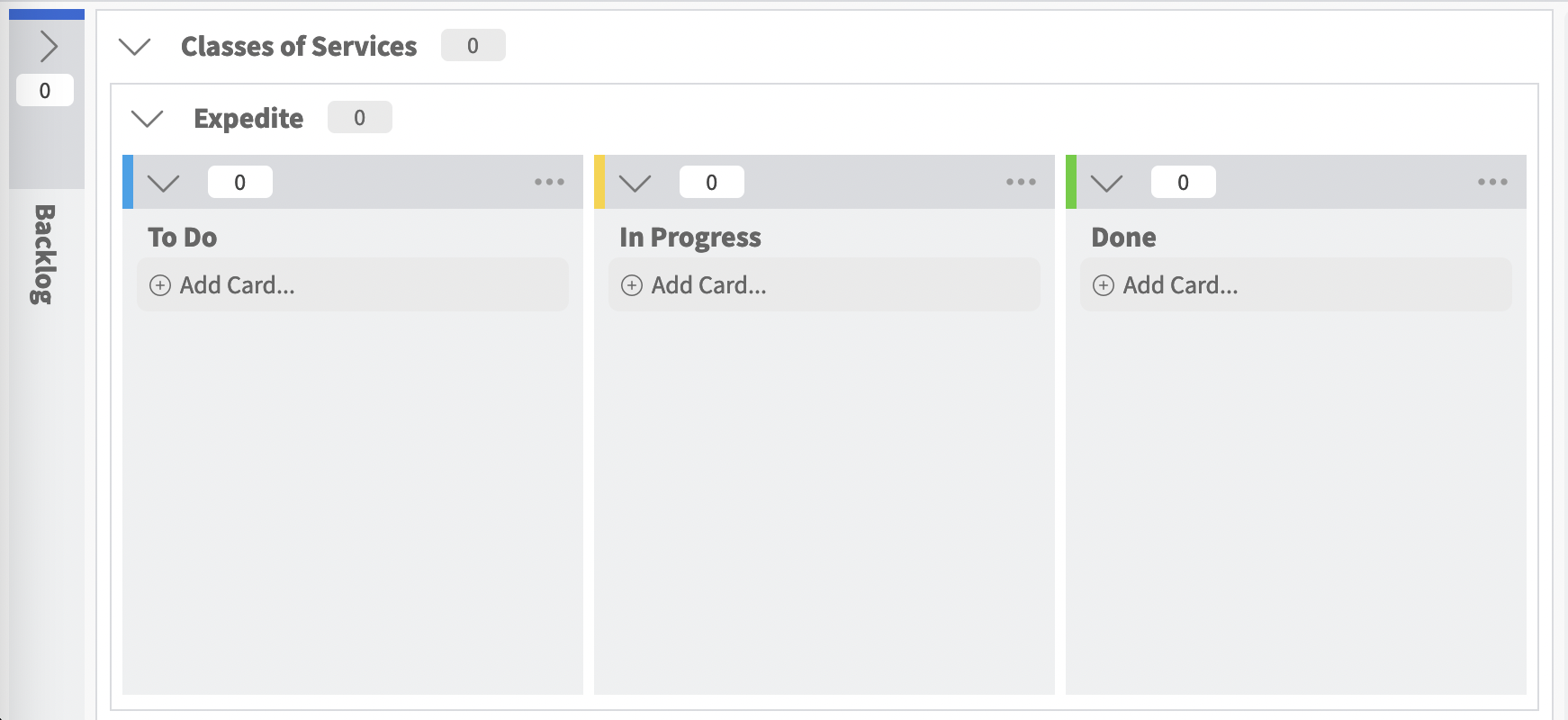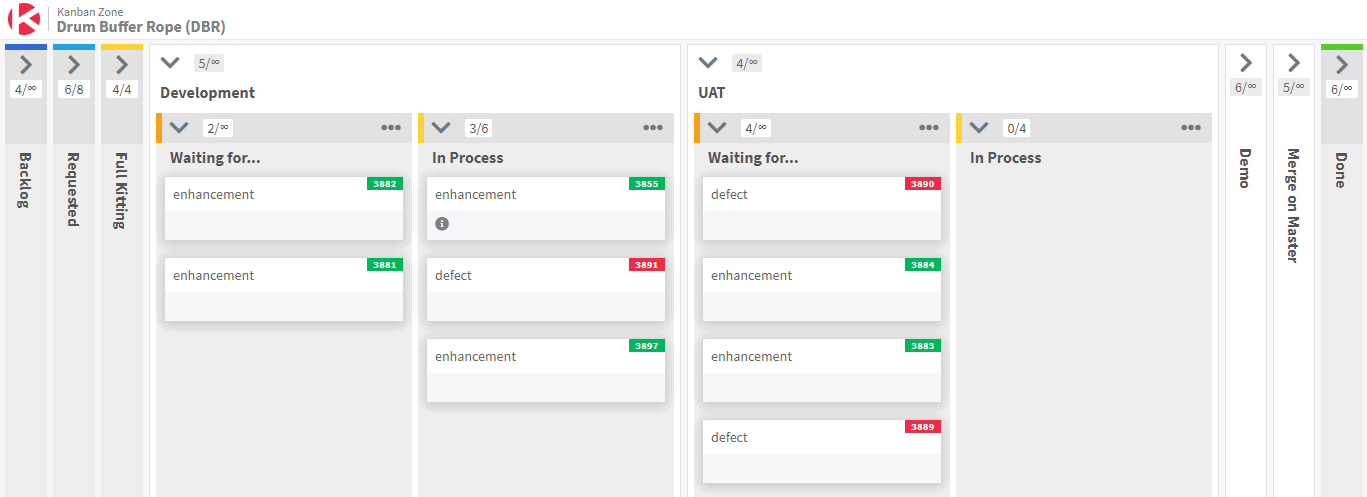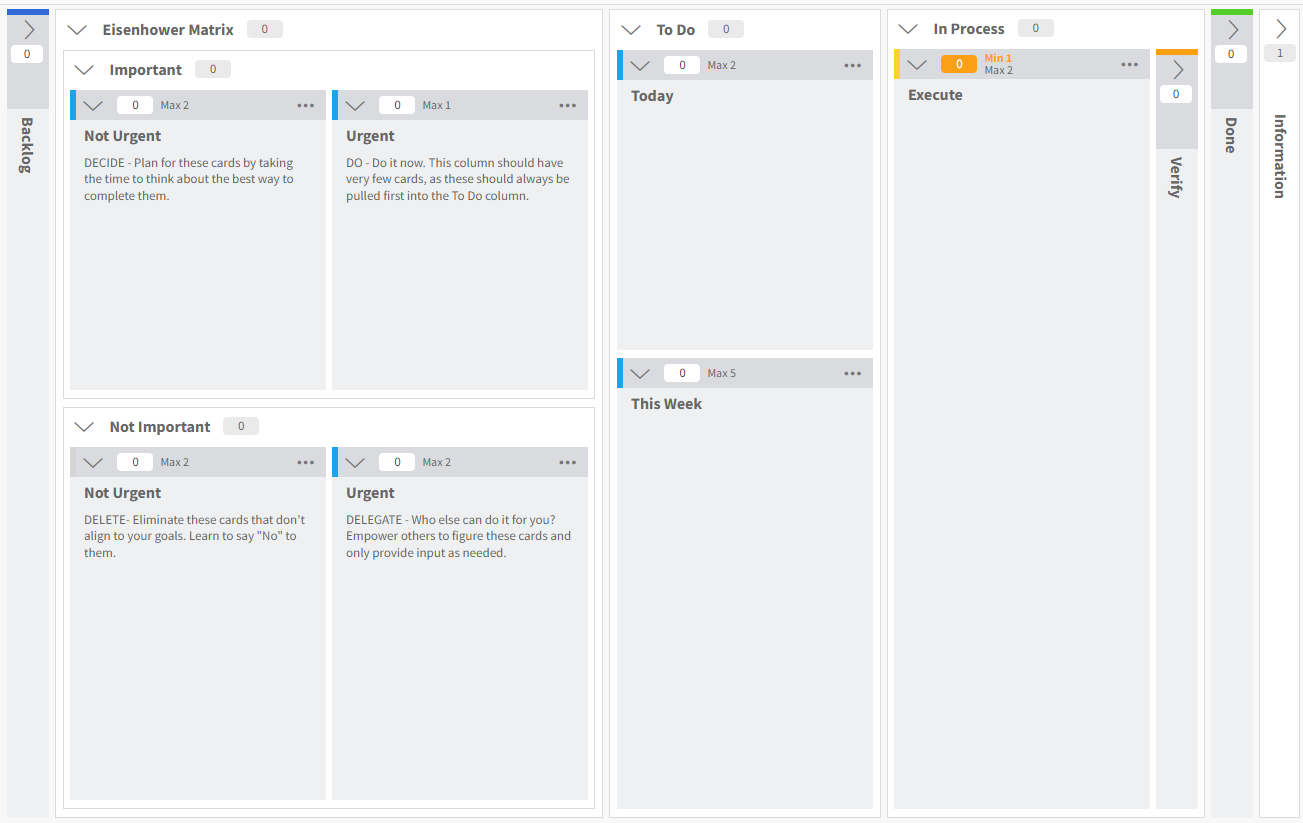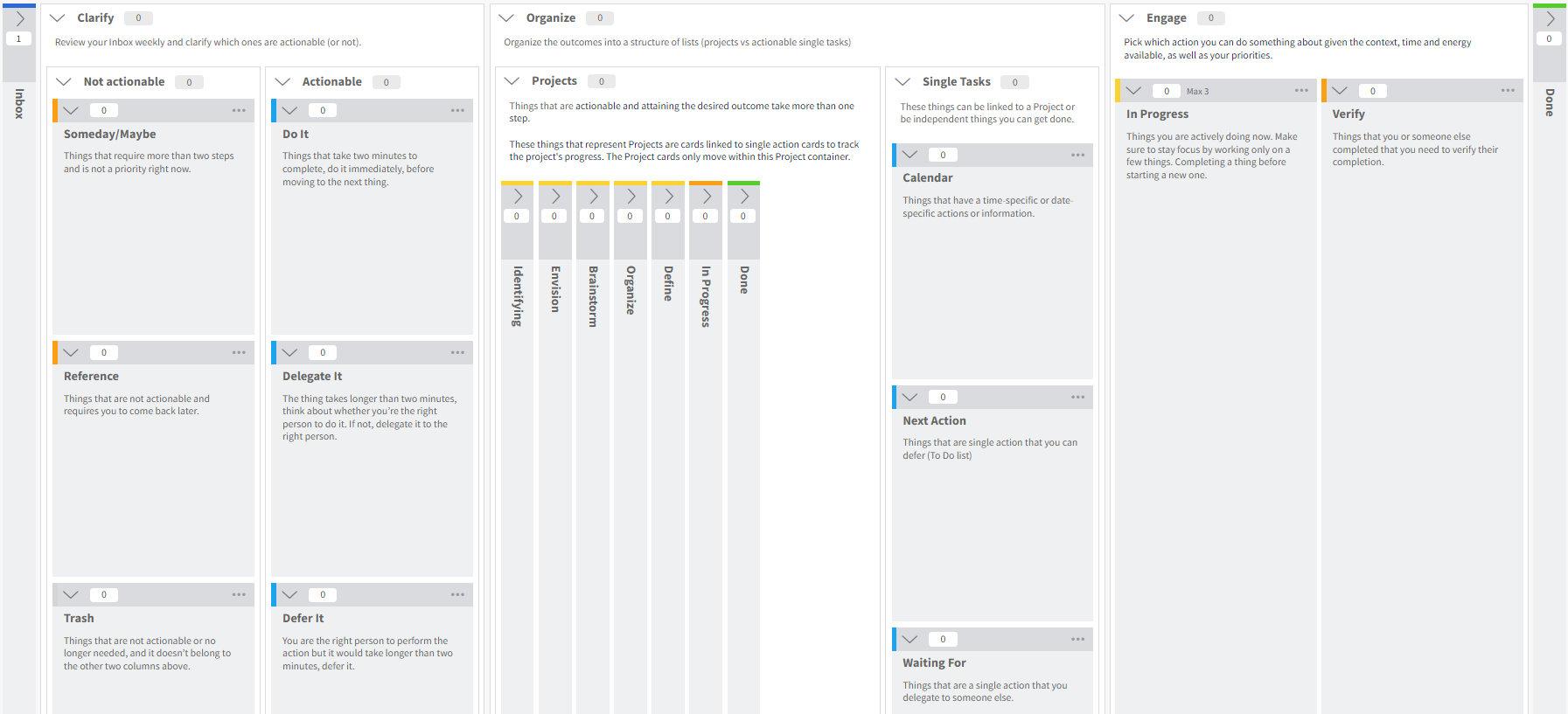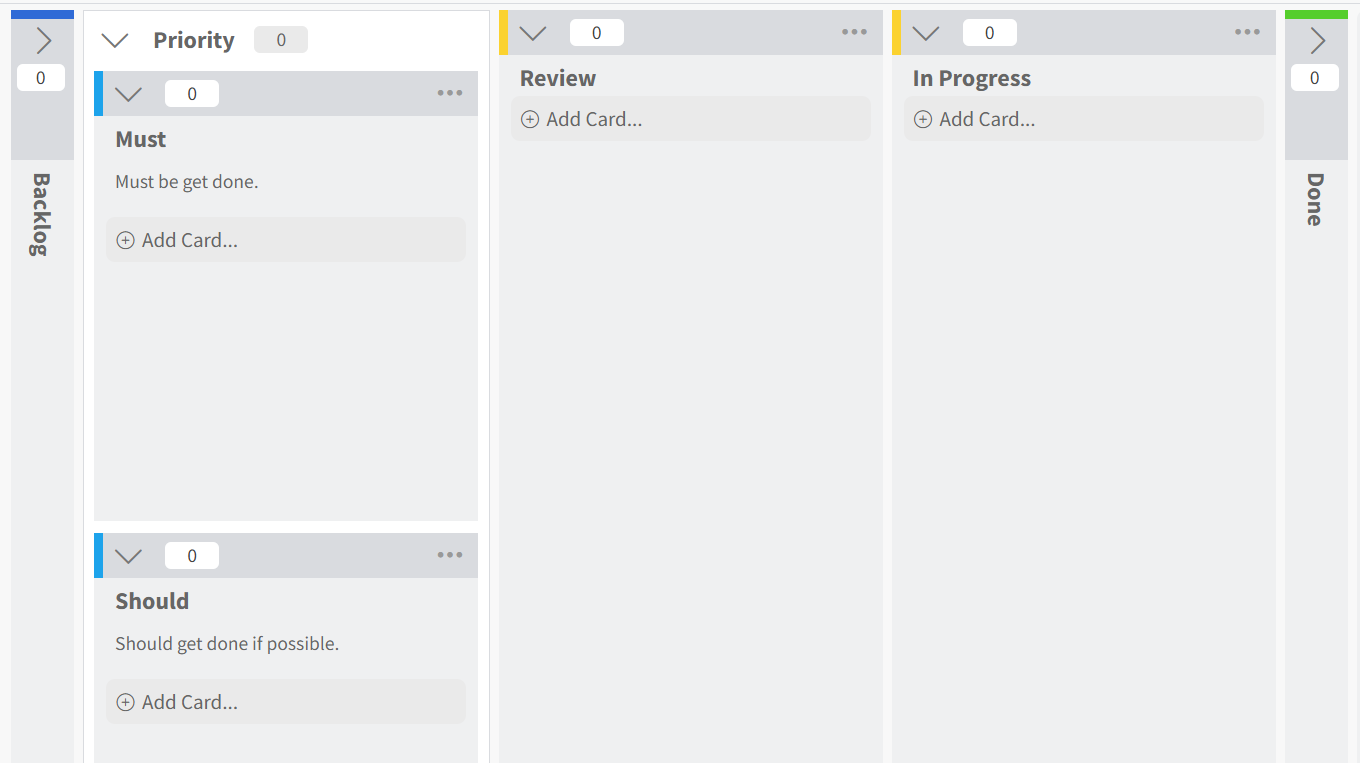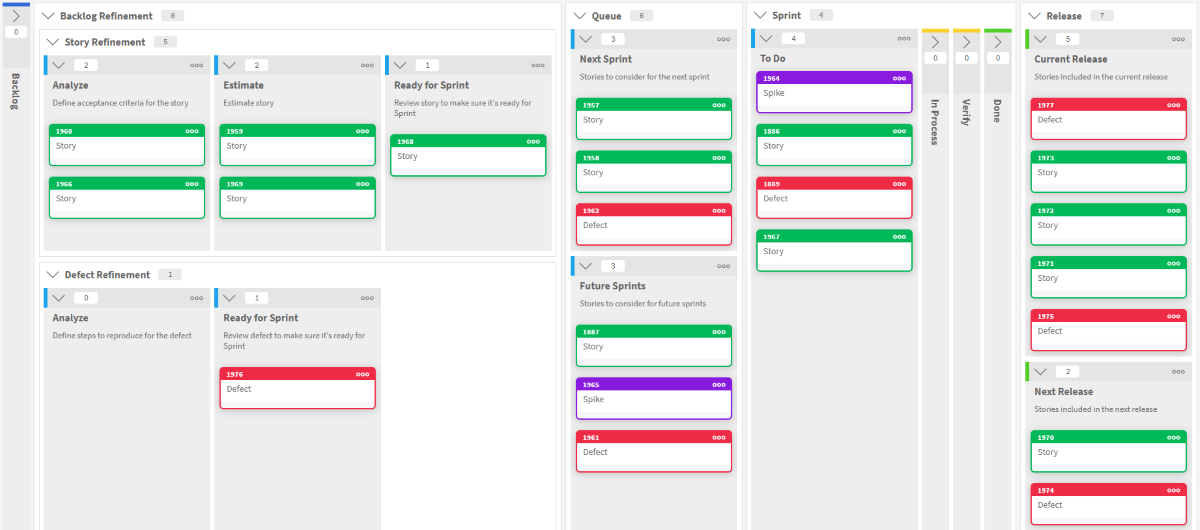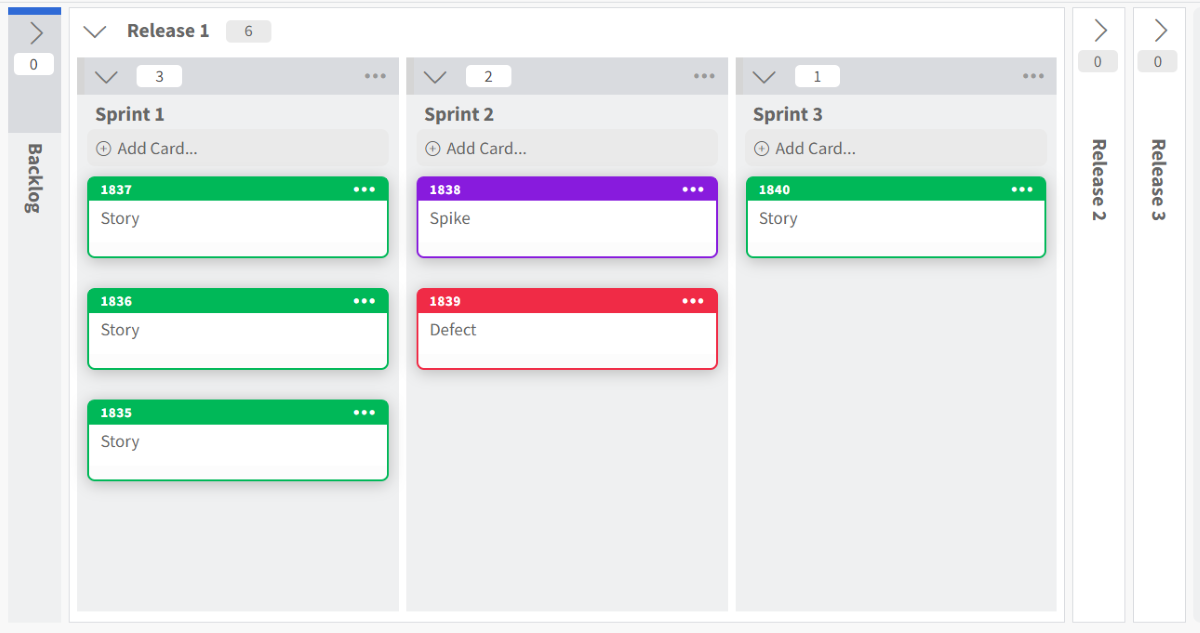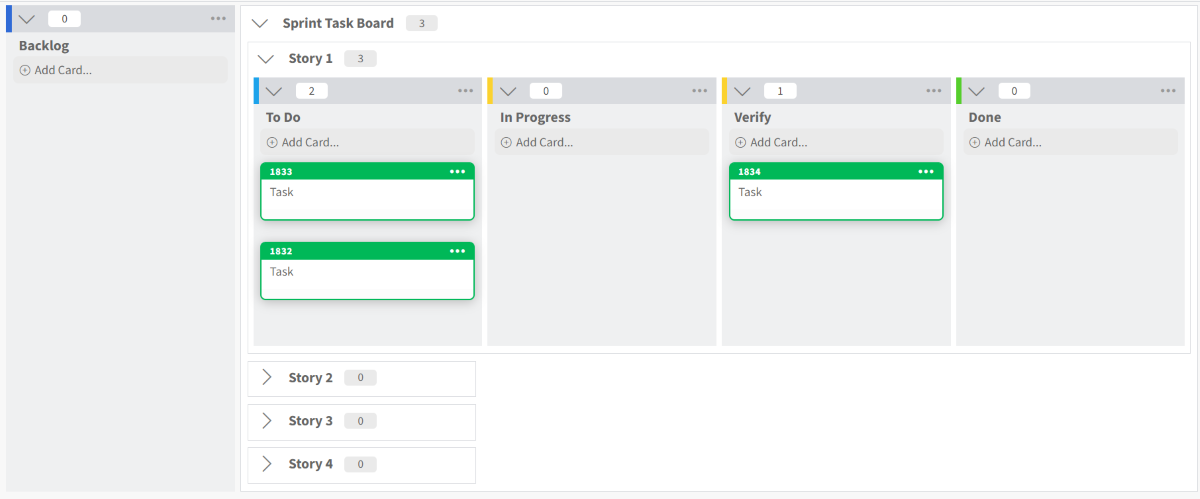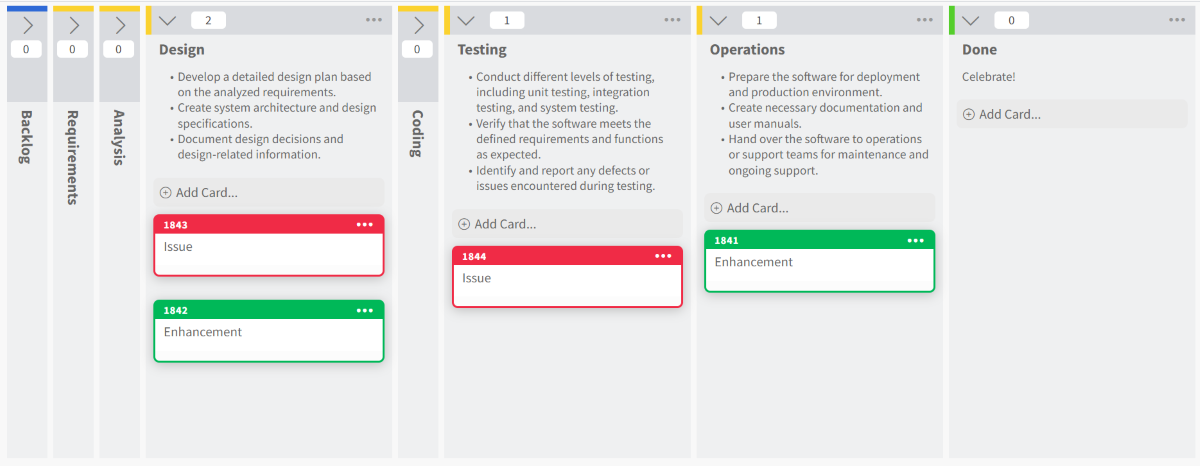Find the Perfect Project Management Template
Explore our project management templates! Choose from a diverse range of proven project management templates tailored to your preferred approach – Agile, Scrum, Waterfall, and more. Streamline processes, boost collaboration, and achieve outstanding results. Revolutionize your project management experience today!
Find the Perfect Project Management Template
Explore our project management templates! Choose from a diverse range of proven project management templates tailored to your preferred approach – Agile, Scrum, Waterfall, and more. Streamline processes, boost collaboration, and achieve outstanding results. Revolutionize your project management experience today!
Welcome to our project management templates library! Here you will find a diverse range of powerful tools to elevate your project management endeavors. We understand that choosing the right methodology is crucial for project success, and that’s why we’re excited to offer you a curated selection of proven project management templates to suit your specific requirements.
Please find below a couple of videos to illustrate how to use some of these templates for project management…
Whether you’re a staunch advocate of Agile, a fan of Scrum, or prefer the structured approach of Waterfall, our project management templates are thoughtfully designed to seamlessly align with your preferred methodology. Enhance collaboration, streamline processes, and achieve outstanding results with our tested templates. Revolutionize your project management experience and explore the possibilities today!
Project Management Templates Library
Kanban – Basic Board
The most basic among the Kanban board templates that we use to introduce Kanban to a new team is To Do, In Progress, Done. You can use it as is, or rename the In Progress column with something that reflects your own process, like Build, Develop, Produce, and so on.
Kanban – Classes of Service
Kanban classes of service provide structure and governance for how teams should handle incoming work. According to David Anderson, author of Kanban: Successful Evolutionary Change for Your Technology Business, a class of service (CoS) is a set of policies that describe how an item of work should be treated. Anderson also emphasized that classes of service should be set according to customer expectations.
Kanban – Two Track Board
Use this board as a project management template to quickly setup multiple tracks on a single board. We use this board with teams who have two speeds or two different processes for the same team. In fact, you are not restricted to two boards. You can extend this more and customize it to best suit your team’s needs. You can use this board to separate distinct processes or group tasks according to its type.
Lean – Drum Buffer Rope (DBR)
The Drum Buffer Rope (DBR) Kanban boards have many novelties. Some of which are psychological and others scientific. For first, you only see Wait states and Touch states column statuses. That’s good. It is visually aligned with Flow efficiency. Not so for traditional Kanban boards.
Lean – Six Sigma DMAIC
Six Sigma is defined as a limit of 3.4 defective parts per million opportunities (DPMO). The DMAIC process is a data-driven quality strategy for improving processes within the Six Sigma methodology. The goal of using this DMAIC project management template is to increase problem solving during the process of delivering products or services, so that improvement opportunities can be found throughout the process to improve the customer experience.
Lean – Six Sigma DMAIC (Advanced)
Agile DMAIC Kanban Board is a project management template developed to help you carry out your process improvement projects. You’ll be guided through the Agile DMAIC methodology for process improvements, from defining project ideas to finishing the project. Figure 1 shows a schematic representation of the Agile DMAIC Kanban board.
Prioritize – Eisenhower Matrix
Six Sigma is defined as a limit of 3.4 defective parts per million opportunities (DPMO). The DMAIC process is a data-driven quality strategy for improving processes within the Six Sigma methodology. The goal of using DMAIC is to increase problem solving during the process of delivering products or services, so that improvement opportunities can be found throughout the process to improve the customer experience.
Prioritize – Getting Things Done (GTD)
The GTD project management template is a Kanban Zone template adopted from the GTD methodology by David Allen. To implement this framework, you need a system. This is where we come in to help you.
Prioritize – MoSCoW
MoSCoW is a simple acronym to represent 4 levels of priority when planning work – Must Have, Should Have, Could Have, and Won’t Have. Having a board integrated with the MoSCoW levels of priorities enables you to assess at a glance what you should be working on at a point in time.
Scrum – Backlog Flow
One of the reasons we love Kanban is that you can visualize your entire process flow on a single board. In Scrum, the product backlog is a separate artifact from the sprint backlog or another way to say it, is that the sprint backlog is a subset of the product backlog. In the Scrum board template below, we combine the end-to-end process of a Scrum team on a single Kanban board.
Scrum – Release Plan
Scrum does not prescribe any additional level of planning above the Sprint, but in eXtreme Programming (XP) it’s common to have another planning level above the iteration called Release planning. Since Scrum teams often blend XP practices to improve their engineering practices, we have created another Kanban board template to visualize multiple sprints within a release.
Scrum – Sprint Tracking
This section of the Scrum board is your typical Scrum task board. We kept the template simple, but if you are going to use this template and leverage a more defined Kanban end-to-end process, you might want to consider improving these columns to match the way your team works best to flow their cards.
Scrum – Task Board
Scrum is one of the many Agile methodologies that can leverage Kanban boards to visualize the work. To support Scrum organizations, we have created multiple Kanban board templates that can be used independently, or in collaboration moving or connecting cards across multiple boards in Kanban Zone. These include a number of Scrum Board templates.
Waterfall – Project Management
The Waterfall model is a sequential process, in which progress is seen flowing steadily downwards (like a waterfall) through established phases, a predictive type of methodology that originated in the manufacturing and construction industries. Because it was intended for structured physical environments with high predictability, change is seen as a failure in planning and therefore not suited for high change innovative environments like software.
Waterfall – Software Development
When trying to use the Waterfall model outside of the construction/hardware world and into the software world, the first formal description and opinion of this model is often cited in the 1970 article by Winston W. Royce.
Need a Template? If you can’t find the right template for your needs, just contact us and we will gladly add a board template to Kanban Zone that suits your needs.
Trusted by Industry Leaders from Startups to Enterprises
Optimize your operations with metrics and visualize your entire organization in the most effective way.
Start with a board to capture your big ideas. Add boards for each team to streamline your work.

